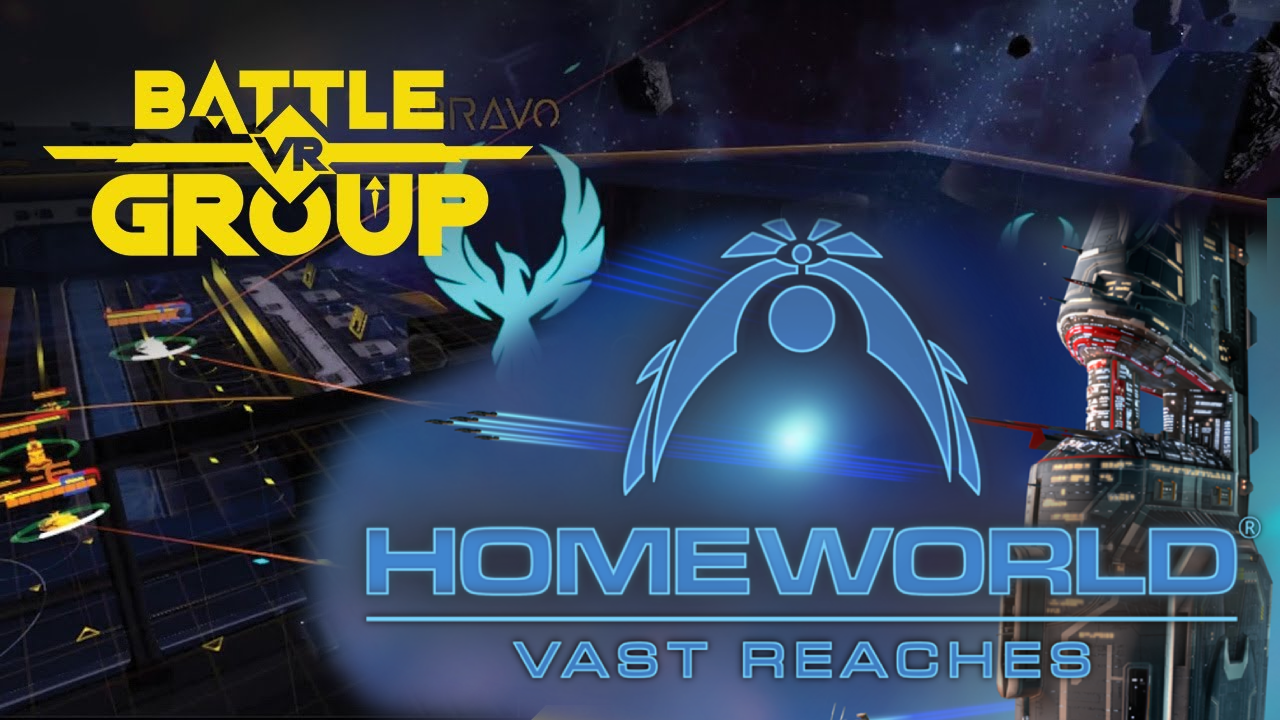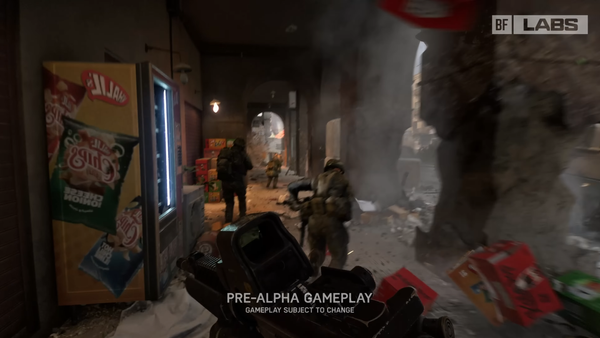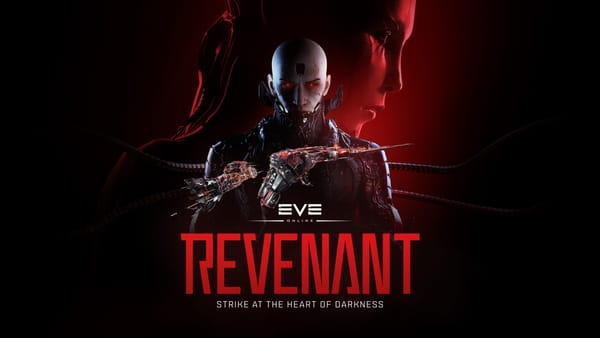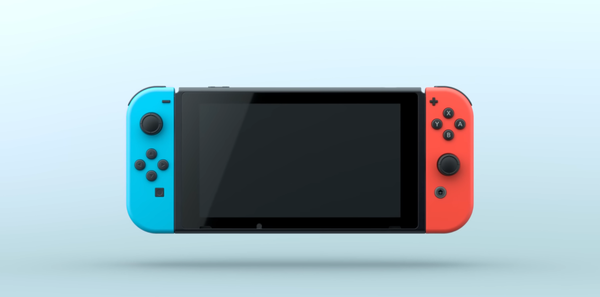Reviving Strategy: A Deep Dive into BattleGroupVR 2 and Homeworld: Vast Reaches

Virtual reality has long been a playground for first-person shooters and immersive RPGs, but what about the strategy genre? Can VR breathe new life into the cerebral, methodical world of real-time strategy (RTS) games? Two titles, BattleGroupVR 2 and Homeworld: Vast Reaches, are stepping up to answer that question. These games promise to redefine how we think about strategy in VR, offering unique takes on the genre. But do they deliver? Let’s dive in.
Gameplay Mechanics and Experience
At the heart of any RTS game lies its gameplay mechanics, and both BattleGroupVR 2 and Homeworld: Vast Reaches approach this with distinct philosophies. BattleGroupVR 2 leans into the tactile nature of VR, allowing players to physically command fleets by grabbing and moving units on a 3D battlefield. The sensation of reaching out and orchestrating a fleet’s movements is exhilarating, but it can also feel overwhelming for newcomers.
On the other hand, Homeworld: Vast Reaches takes a more traditional approach, adapting the classic Homeworld formula for VR. Players command their fleets from a strategic overview, using intuitive gestures to issue commands. While it lacks the hands-on immediacy of BattleGroupVR 2, it offers a more polished and accessible experience for RTS veterans.
Control and Navigation
Control schemes can make or break a VR game, and both titles handle this differently. BattleGroupVR 2 embraces the physicality of VR, requiring players to use hand gestures and motion controls to interact with the battlefield. This can be immersive but also cumbersome, especially during intense battles where precision is key.
Homeworld: Vast Reaches, by contrast, opts for a more streamlined approach. Its controls are designed to minimize friction, allowing players to focus on strategy rather than wrestling with the interface. The result is a smoother, more intuitive experience that feels tailor-made for VR.
Content Assessment: Depth vs. Accessibility
When it comes to content, both games offer compelling experiences but cater to different audiences. BattleGroupVR 2 is a hardcore RTS experience, with deep mechanics and a steep learning curve. Its campaign is challenging, and its multiplayer mode is a test of skill and strategy. However, this depth comes at the cost of accessibility, which may alienate casual players.
Homeworld: Vast Reaches, meanwhile, strikes a balance between depth and accessibility. Its campaign is engaging but not overly punishing, and its mechanics are easy to pick up yet hard to master. This makes it a great entry point for players new to both VR and RTS games.
Visuals and Immersion
Both games excel in creating immersive environments, but their visual styles are worlds apart. BattleGroupVR 2 opts for a gritty, realistic aesthetic, with detailed ship models and explosive space battles. The sense of scale is awe-inspiring, but the visuals can sometimes feel cluttered, especially in larger engagements.
Homeworld: Vast Reaches, on the other hand, embraces a sleek, minimalist art style that feels right at home in VR. The clean lines and vibrant colors make it easy to parse the battlefield, even in the heat of combat. It’s a testament to how less can sometimes be more in VR design.
The Future of VR RTS
So, do BattleGroupVR 2 and Homeworld: Vast Reaches succeed in bringing RTS games into the VR era? The answer is a resounding yes—but in very different ways. BattleGroupVR 2 is a bold, ambitious experiment that pushes the boundaries of what VR can do, while Homeworld: Vast Reaches refines the formula, offering a more accessible experience.
As VR technology continues to evolve, the potential for RTS games in this space is immense. Will these titles pave the way for a new generation of strategy games, or will they remain niche experiences for hardcore fans? Only time will tell, but one thing is certain: the future of VR RTS is looking brighter than ever.




